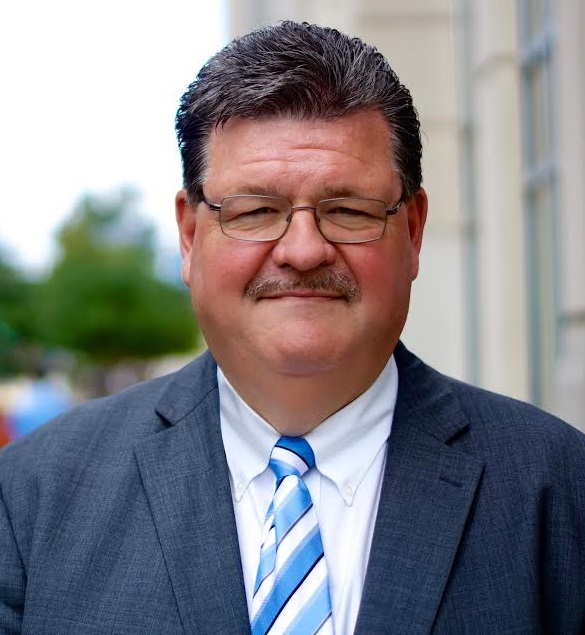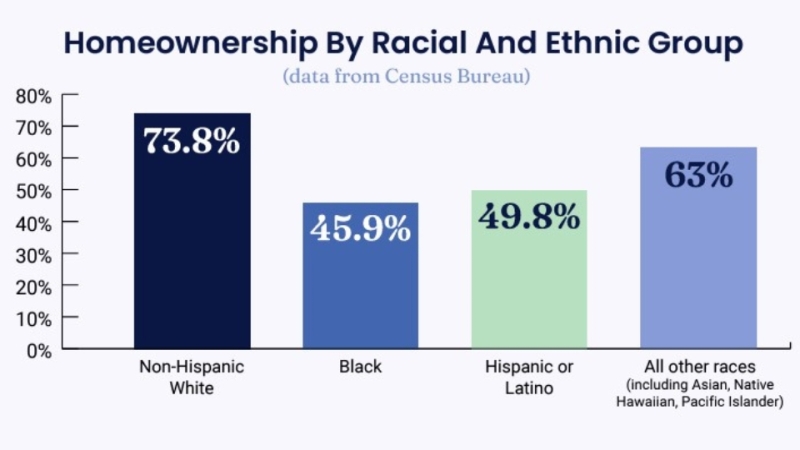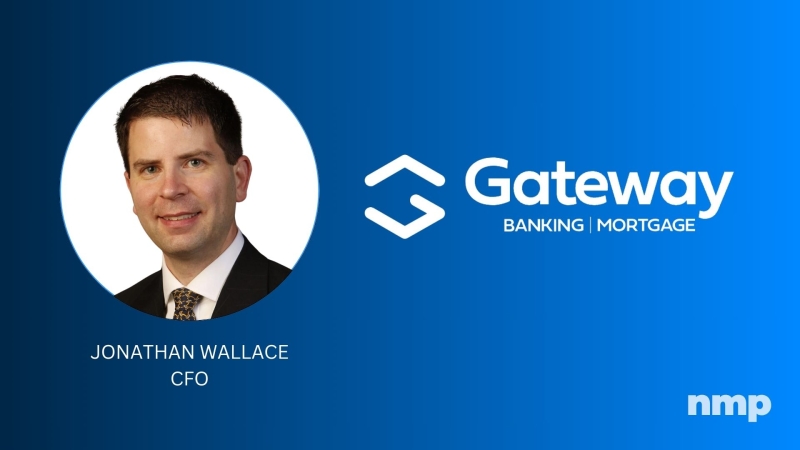
Step Inside Ginnie Mae: Where Do We Go Now?

Last month, we welcomed more than 700 housing industry leaders to our third annual Ginnie Mae Summit. Our goal for the event is to provide hands-on training to Ginnie Mae issuers and to foster a dialogue about topics of critical importance in the housing finance industry. We succeeded at both.
The two-day Summit made it increasingly clear that our industry is at a crossroads, welcoming the critical liquidity that independent mortgage bankers (IMB) bring to the secondary market, while acknowledging that the regulatory environment is still uncertain. Add to this landscape, the challenges that Ginnie Mae continues to face in terms of monitoring counterparty risk, while at the same time keeping the door open to liquidity, you can understand our dilemma.
Ginnie Mae’s operating model was created based on the assumption that the mortgage-backed securities (MBS) program would not change, and that issuers would primarily be depositories. Clearly, that dynamic has changed with IMBs now comprising 64 percent of Ginnie Mae’s issuer base, compared to only 18 percent in 2010. Today’s issuers often have a greater dependence on credit lines, securitization involving multiple players, and more frequent trading of servicing rights. Quite simply, the risk is a lot higher and business models of our issuers are a lot more complex. And, today’s Ginnie Mae is not adequately staffed for the kind of complex counterparty monitoring required with the current issuer base.
So, the question is: How can Ginnie Mae effectively monitor counterparty risk and protect the government guarantee? The answer is simple: More resources.
Our budget, which stands at $23 million for salaries and expenses, simply does not allow us to make the changes needed to keep pace with the transformation that has occurred in the industry. And, we must keep pace to keep the liquidity flowing. In the last four years, more than 5.4 million borrowers have benefitted because Ginnie Mae welcomed independent mortgage bankers. In fiscal year 2015 alone, there are over 4.9 million families, most of modest financial means, that have directly benefitted from a Ginnie Mae guaranteed securitization.
Aside from seeking additional funding from Congress, we are considering increased reporting requirements to ensure issuers' lines of credit and access to cash will be sufficient to carry them through rough spots when liquidity is tight. Any new requirements would apply equally to both depositories and non-banks.
While these recommended changes will not happen overnight, they are critical to Ginnie Mae’s long term success in continuing to efficiently protect the government guarantee. We are committed to working with all of our issuers to provide housing opportunities for Americans, especially first-time homebuyers and our veterans.
The reason for that commitment can be summed up by a comment at the Summit from noted economist Mark Zandi of Moody’s Analytics. Zandi stated that without Ginnie Mae, the country would have gone into the abyss during the economic crisis. The U.S. housing system is just too important to the country to let that happen.

Ted W. Tozer is was sworn in as president of Ginnie Mae on Feb. 24, 2010, bringing with him more than 30 years of experience in the mortgage, banking and securities industries. As president of Ginnie Mae, Tozer actively manages Ginnie Mae's $1.5 trillion portfolio of mortgage-backed securities (MBS) and more than $460 billion in annual issuance.
This article originally appeared in the October 2015 print edition of National Mortgage Professional Magazine.




